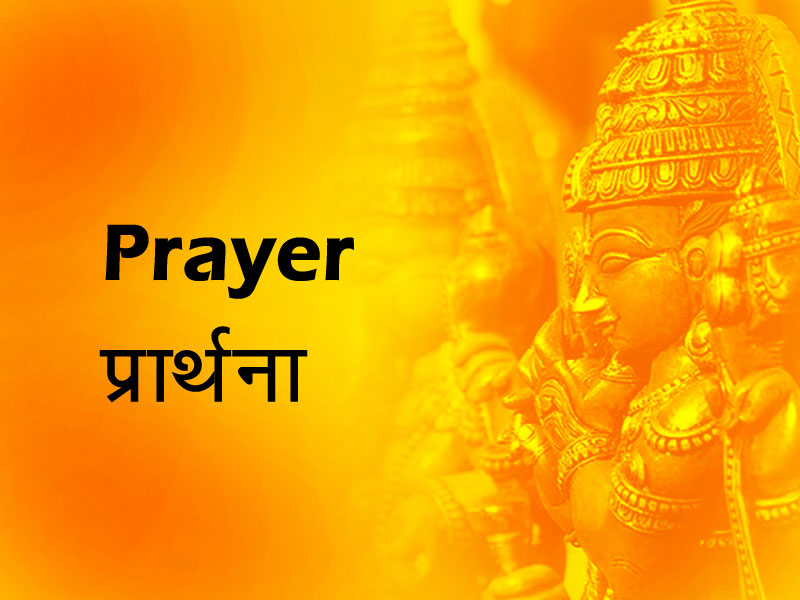

Ashtanga Yoga, often referred to as the Eight Limbs of Yoga, is a comprehensive and systematic path outlined in the Yoga Sutras of Patanjali. This ancient yogic philosophy provides a holistic guide for individuals seeking not only physical well-being but also spiritual growth and self-realization.
The first limb, Yama, consists of ethical principles that serve as guidelines for moral conduct. The five Yamas include Ahimsa (non-violence), Satya (truthfulness), Asteya (non-stealing), Brahmacharya (moderation), and Aparigraha (non-possessiveness).
Niyama, the second limb, focuses on personal observances for self-discipline and spiritual development. The five Niyamas include Saucha (purity), Santosha (contentment), Tapas (self-discipline), Svadhyaya (self-study), and Ishvara Pranidhana (surrender to a higher power).
Asana, the third limb, refers to the practice of physical postures. The purpose of mastering asanas is to cultivate physical health, discipline, and concentration. The famous Ashtanga Vinyasa Yoga system, popularized by K. Pattabhi Jois, falls under this limb.
Pranayama, the fourth limb, involves breath control and regulation. By harnessing the breath, practitioners aim to cultivate prana (life force), enhance vitality, and prepare the mind for meditation.
Pratyahara, the fifth limb, signifies the withdrawal of the senses from external stimuli. It involves turning inward, detaching from sensory distractions, and preparing the mind for deeper introspection.
Dharana, the sixth limb, is the practice of concentration. By focusing the mind on a single point or object, practitioners aim to achieve mental steadiness and prepare for meditation.
Dhyana, the seventh limb, is the sustained and continuous focus of the mind. It involves a heightened state of awareness and a deepening of concentration, leading to a meditative state.
Samadhi, the eighth and final limb, represents the pinnacle of spiritual attainment. It is a state of blissful union, where the individual transcends the ego and experiences oneness with the divine.
Ashtanga Yoga offers a practical and adaptable approach to contemporary living. While deeply rooted in ancient wisdom, its principles remain relevant in managing stress, enhancing physical health, and promoting mental well-being in the modern world.
Ashtanga Yoga, with its Eight Limbs, provides a comprehensive roadmap for individuals seeking a balanced and purposeful life. By integrating the ethical and spiritual principles outlined in Yama and Niyama, coupled with the practices of physical postures, breath control, and meditation, practitioners embark on a transformative journey towards self-realization and spiritual awakening. Ashtanga Yoga serves as a timeless guide, inviting individuals to explore the depths of their inner selves and connect with the universal consciousness.